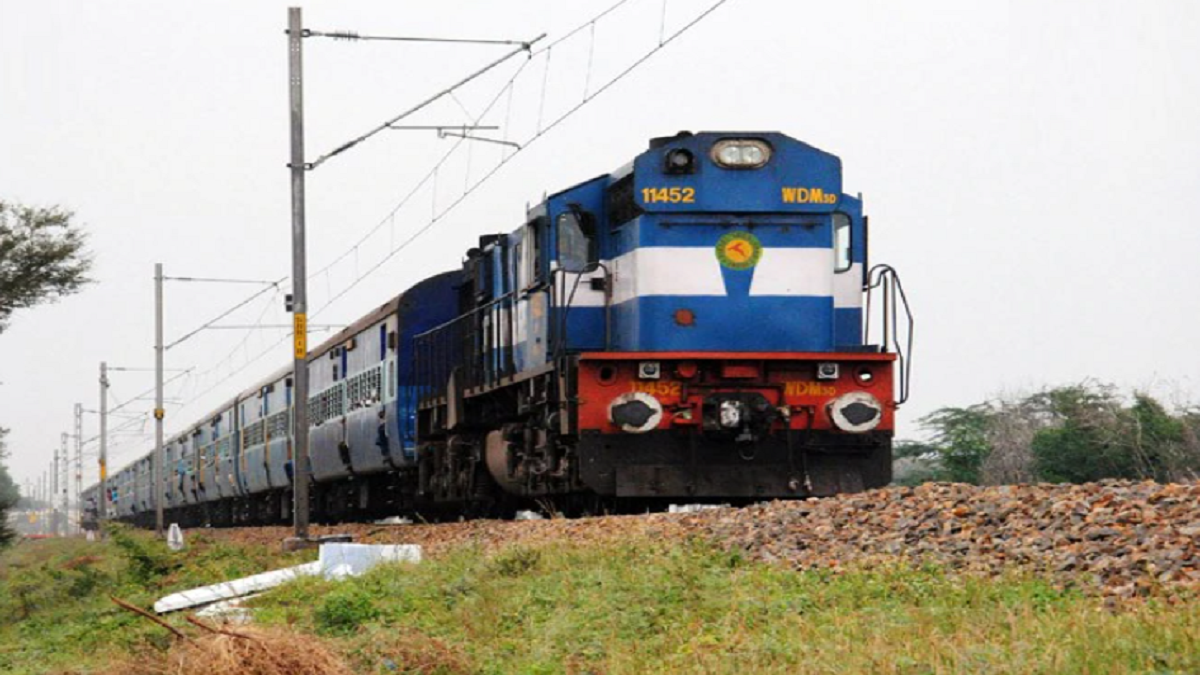


During the monsoon, due to incessant rain, railway tracks and other railway properties and areas get flooded, especially on the days of high tide or as a result of flash floods. The Railway Protection Force (RPF) of the Central Railway (CR) has formed a railway flood relief team (RFRT) on the Mumbai Division, of 15 people to assist commuters in case of water-logging during monsoon. The RFRT will be equipped with motorised boats and trained manpower. The objective is to provide relief in case of flood in the Railways, to predict and wherever possible, prevent disasters, mitigate their impact and effectively cope with the consequences by designing effective, realistic and coordinated planning and increase the overall effectiveness.


As such, five Motorised Inflatable Boats with all accessories and safety equipment were procured and stationed at various vulnerable locations. These boats can be moved at any location wherever required for immediate response. Each FRT team consists of one Sub-Inspector/Assistant Sub-Inspector and six other staff. So far, 15 RPF staff (5 women and 10 men) have been trained by the NDRF. The RFRT will be always in readiness during the monsoon season, i.e., June to October every year.
The trained team shall camp at the designated place during the days of high tide, or when heavy rain is predicted by the Meteorological Department. They shall move to the place from where flooding is reported, irrespective of the fact whether a train is held up or not. In the normal circumstance, if the water level reaches half feet above the track level, train services will be halted, when information regarding flooding of track in any area by four inches above the track level is received through DSCR or otherwise, Sr. DSC (Co)/Mumbai will order for the movement of RFRT from the nearest centre to the affected location. On assessing the situation, if required, other team/teams may also be called as backup.
The following colour codes will be used for alerting all concerned: Blue Alert (when the water level reaches four inches above rail level, and preparation starts for movement at the centre); Orange Alert (when the water level reaches five inches above rail level and the team starts for the location, after taking permission of Sr. DSC (Co)/Mumbai and under intimation to ASC concerned; Red Alert (when train is held up at any location and relief operation starts, after ensuring that the water level is three feet at the location. Minimum water level required for using a boat is three feet).
A mock drill on the rescue operation was conducted at Talaopali Lake in Thane on Tuesday in presence of Alok Kansal, General Manager Central and Western Railway and Arun Kumar, Director General, RPF, Railway Board, New Delhi.
In 2019, due to flash floods, the Ulhas river overflowed resulting in heavy flooding of tracks near Badlapur. The Mahalaxmi Express train was held up between Badlapur and Vangani Railway stations in the South East section of Mumbai Division. Disaster Management Operation was carried out in coordination with Indian Navy, NDRF and state fire force to rescue more than 1,000 passengers stranded in the train. Again, in 2020, suburban trains were held up between Sandhurst Road and Masjid Railway stations near Mumbai CSMT, and NDRF was called for rescue operation. “Prolonged detention of trains leads to a panic situation among passengers. Therefore, it was felt that the earliest possible reaching of relief teams to trains could be of great help in building confidence among stranded passengers,” Shivaji Sutar, Chief Public Relations Officer, said.